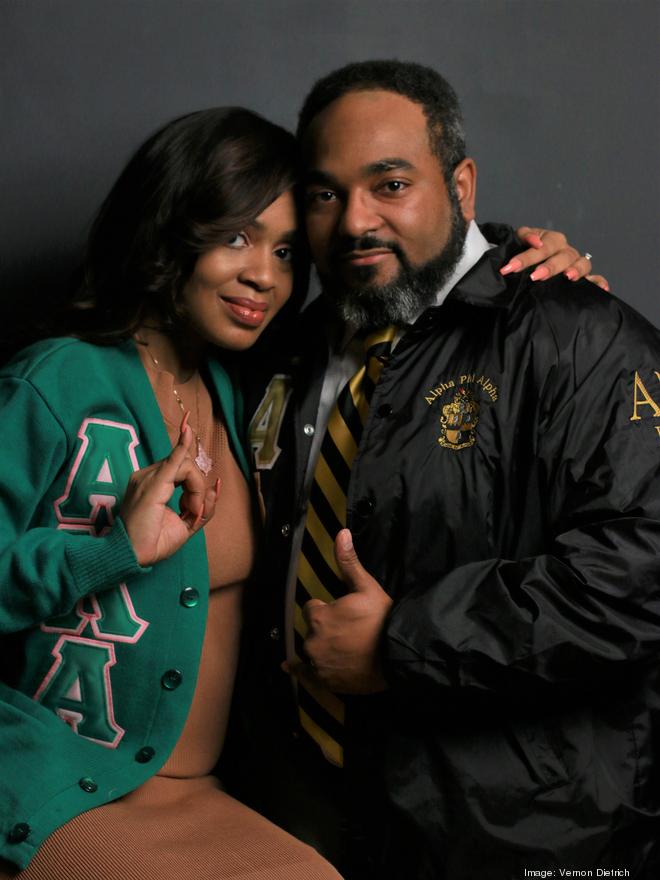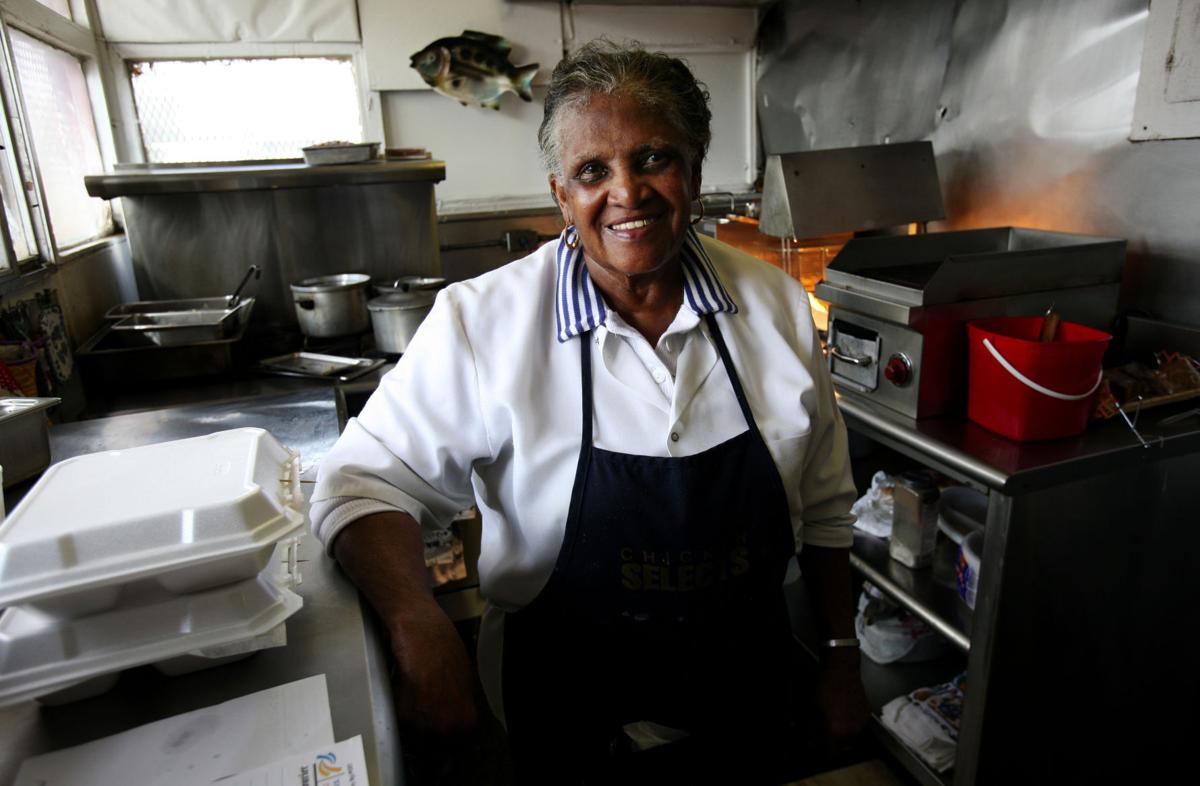get these nets
Veteran

New bourbon released to honor historically Black Greek organizations
-

Brittany and James Penny, owners and founders of 2 Cents Inc., just released their first product, The IX Bourbon Whiskey, which looks to honor the legacy of The Divine Nine historically Black Greek fraternities and sororities.
2 Cents Inc
- Jan 22, 2021
https://www.bizjournals.com/louisville/bio/41195/Sarah+Shadburne- James and Brittany Penny said they look to unite humanity one glass at a time.
The couple behind Jeffersontown-based 2 Cents Inc. recently released its first spirits product, The IX Bourbon Whiskey, which pays homage to the heritage of the nine historically Black Greek letter fraternities and sororities that comprise the National Pan-Hellenic Council, which is often referred to as The Divine Nine.
Historical members of The Divine Nine include former associate justice of the Supreme Court Thurgood Marshall and Martin Luther King Jr., who were both members of Alpha Phi Alpha. Katherine Johnson, one of the trailblazing mathematicians who helped NASA’s Mercury and Apollo programs and was depicted in the 2016 Hidden Figures film, was also a member of Alpha Kappa Alpha. Vice President Kamala Harris is also a member of Alpha Kappa Alpha.
James, a member of the Alpha Lambda Chapter of Alpha Phi Alpha Fraternity, Inc., said The Divine Nine’s guiding mantras are scholarship and service, and in that spirit, he said he and his wife wanted to create an alcohol that blended the flavors of the nine unique organizations while also bringing people together through the challenges and uncertainty brought on by Covid-19.
Brittany, a member of the Eta Omega Chapter of Alpha Kappa Alpha Sorority, Inc., said the bourbon whiskey has a buttery, caramel flavor with undertones of chocolate and a hint of spice. She said she and her husband wanted to make something smooth and a bit sweet as well.
“We believe that while not all spirits are created equal, all people are. So, we want to start our business in a vision of unity for humanity, but also saying that we’re all one people,” James said in an interview. “While you may not be a member of the Divine Nine, you may be a bourbon lover. So, our bourbon is absolutely for everyone, and we want to come together with everyone because if we ever needed something to bring us together, we need it now.”
The bourbon is set for launch in the spring, with pre-sale orders beginning in about 60 days through the brand’s website. Bottles will retail for $90 and be available online only.
Eyeing the high-end bourbon market
James said they will produce about 1,200 bottles of The IX Bourbon Whiskey initially and opted to source their barrels of bourbon rather than distill them on their own. He declined to disclose the bourbon’s source.
James said he and Brittany wanted to release a very small batch bourbon to capitalize on the high-end bourbon market for rarer spirits as they anticipate their bourbon will become a collector’s item as it’s the only bourbon currently that pays homage to The Divine Nine’s more than 90-year history.
The husband-and-wife duo launched their company, 2 Cents Inc., in September 2020 as they were sitting at home in isolation due to Covid-19. Because of the isolation brought on by the pandemic, the couple said they wanted to create something people could enjoy together when it’s safe to gather again.
“For me personally, I wanted something that — with everyone losing jobs and jobs being uncertain — I really wanted something to fall back on. We just had our first child and we really wanted something where we could keep our family afloat,” Brittany said in an interview. “Plus, we both love bourbon. The alcohol industry is the one industry that’s remained constant through everything — through wars, pandemics, through everything. So, we wanted to be a part of that.”
The couple operate their business just the two of them, in addition to having regular full-time jobs and a new baby. They said eventually they would look at opening a distillery, but decided against launching one initially due to the high operating costs and the sometimes immature flavor spirits from new distilleries have.
“We wanted to create something in the hope that when we get back together, people can sit around this bourbon. It becomes a conversation piece; if you’re a member of the Divine Nine and you’ve been initiated and put in the community service work, this becomes something that is a part of that legacy,” James said. “If you’re not a member of The Divine Nine, it’s a conversation piece because maybe you’re a bourbon connoisseur. But everybody works at a business, and you may have a member of the Divine Nine somewhere on your team and not even know it.”












